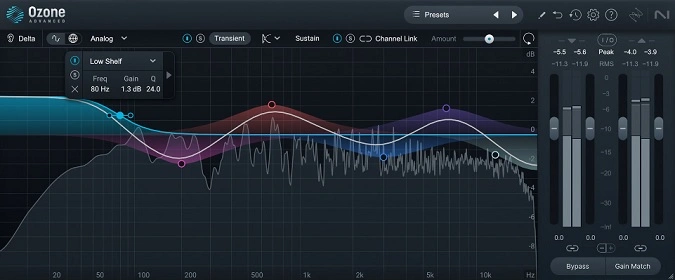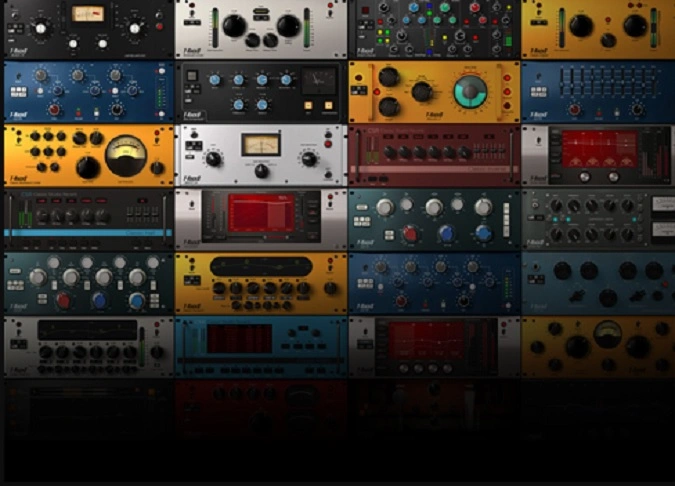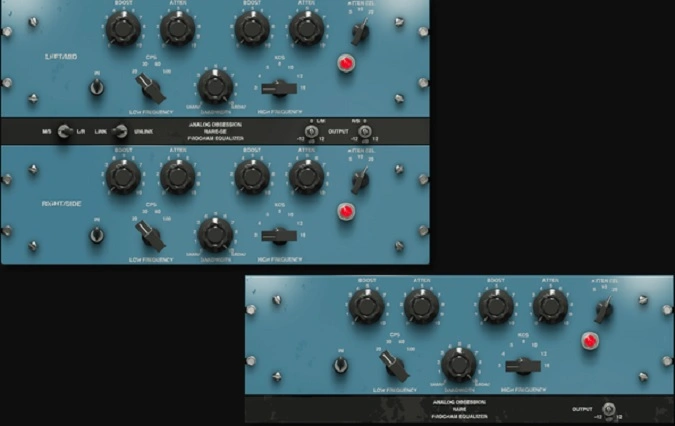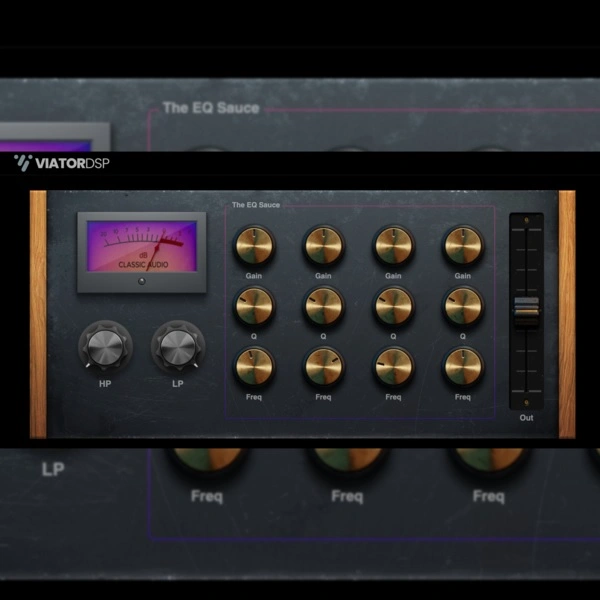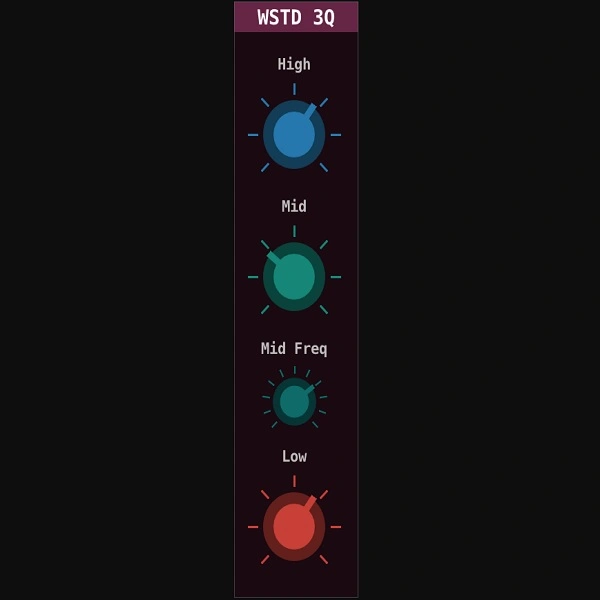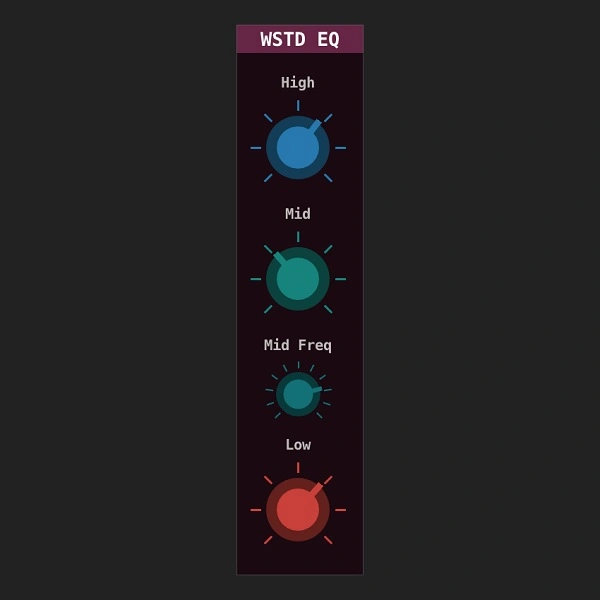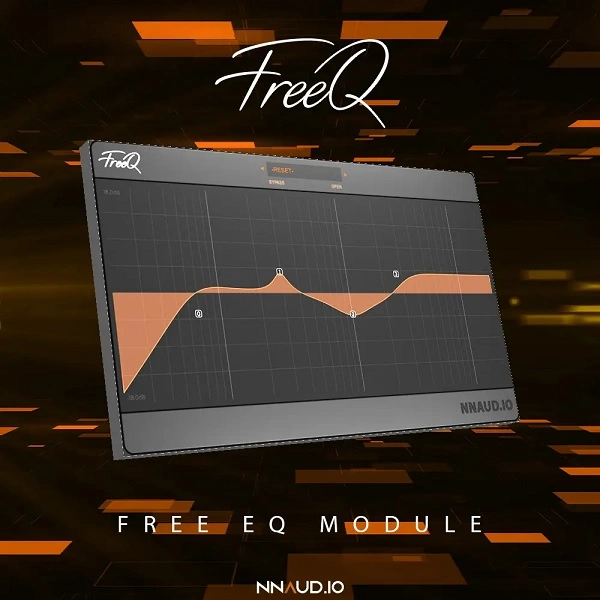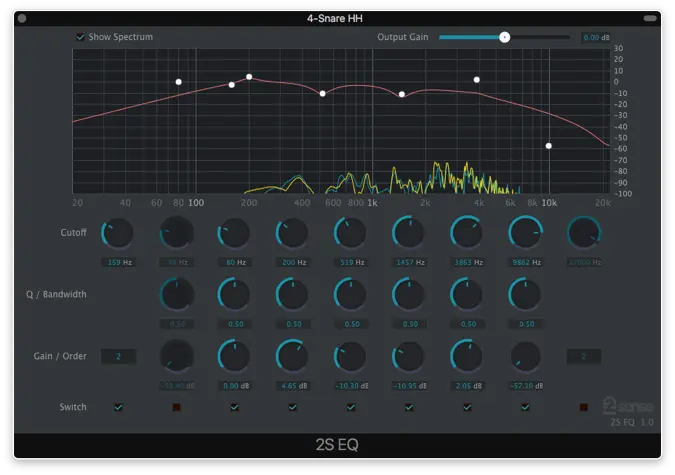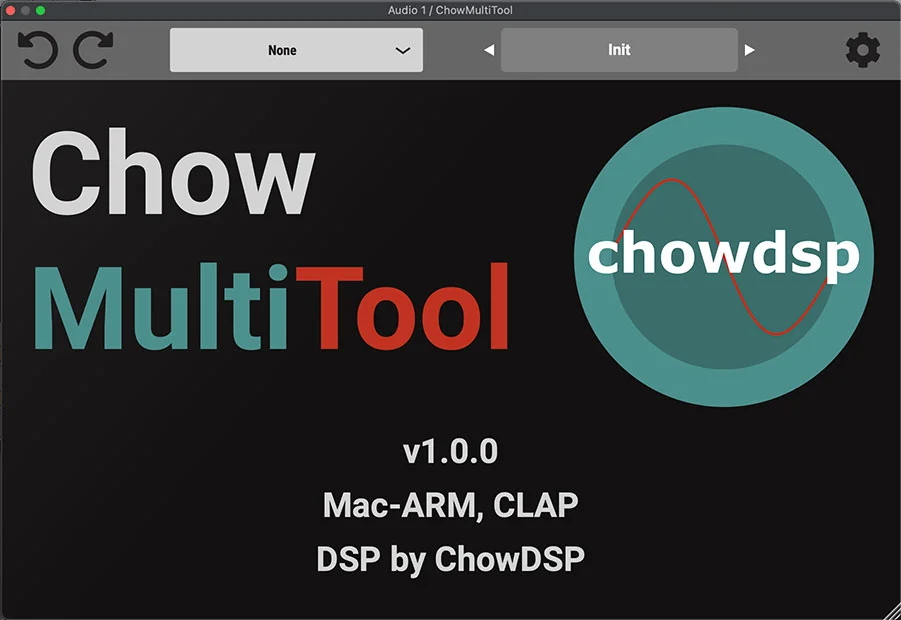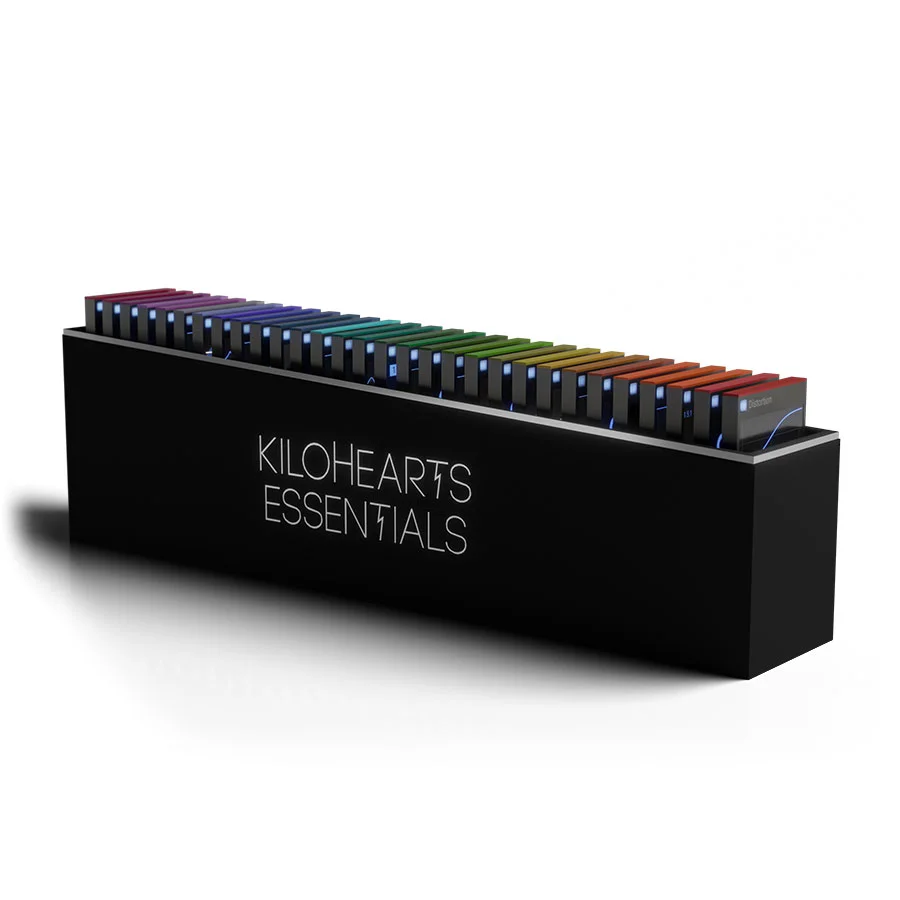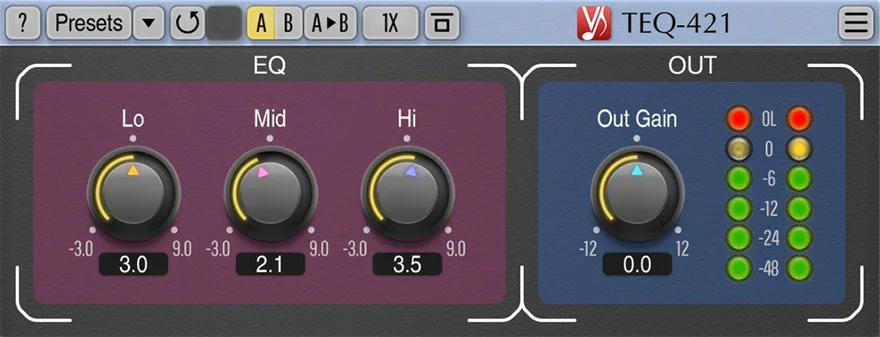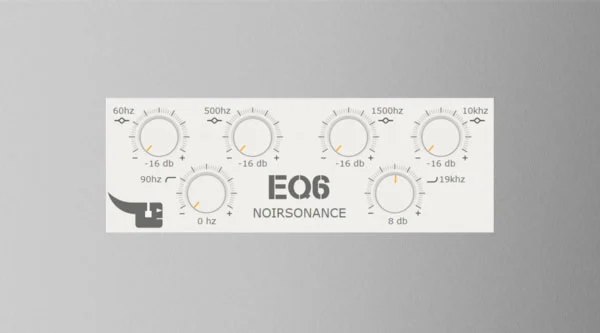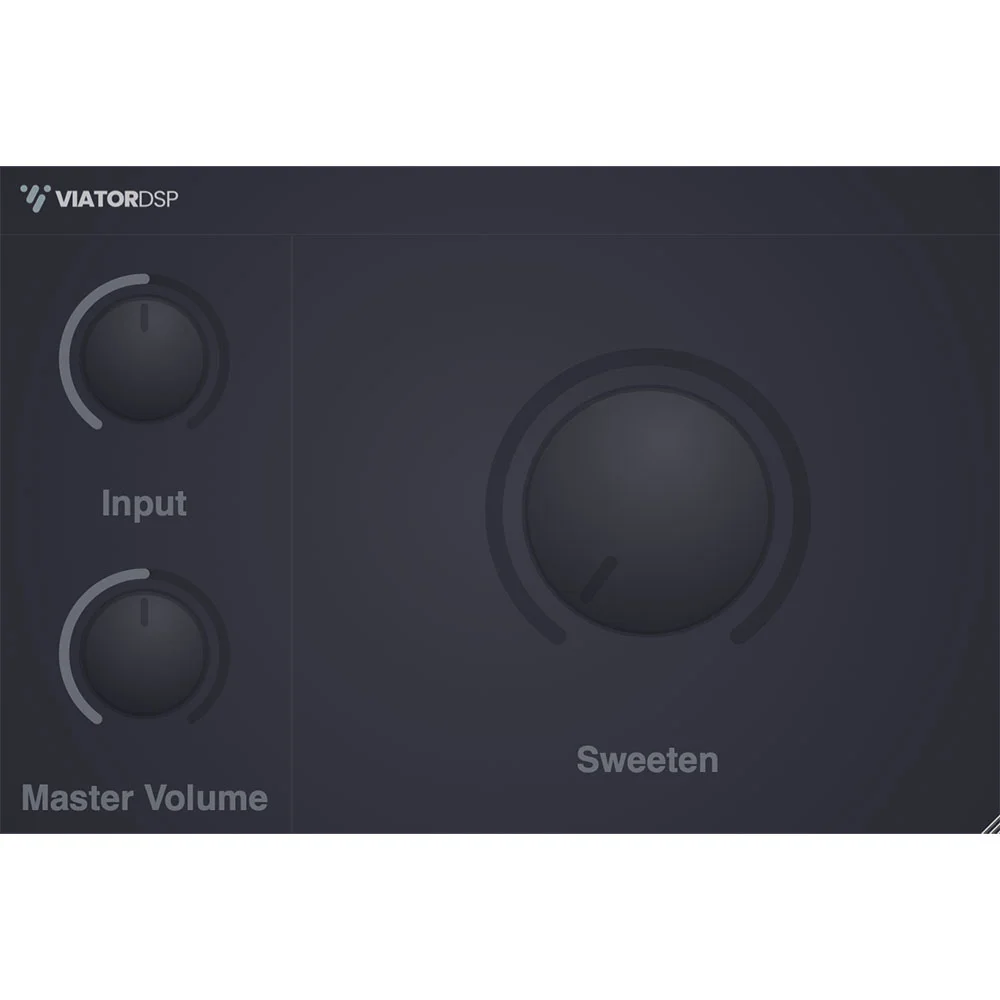What are EQ Plugins?
EQ, or equalizer, plugins are essential tools used in music production to adjust the loudness or alter the response of one or more frequencies in an audio track. Equalization allows you to shape and balance the frequency content of individual tracks and the overall mix, enhancing or reducing certain frequencies to achieve the desired sound.
Different Types of EQs
There are several types of EQs used in music production, each with its own unique characteristics and uses.
- Parametric EQs: These are the most common and versatile type of EQ used in music production. They offer fully configurable and adjustable frequency bands, allowing for detailed control over the level, center or primary frequency, and the bandwidth or range of each frequency.
- Graphic EQs: These EQs allow for quick adjustments to multiple frequencies, making them an excellent choice for live sound applications where notching out resonances is a necessity.
- Dynamic EQs: These EQs are especially useful for smoothing out the occasional boomy or strident word in a vocal track, or for balancing out competing low frequencies in a mix, such as a kick drum and bass guitar.
- Shelving EQs: These EQs are renowned for their ability to produce musical bass and treble shaping and can be either parametric shapes or band-pass filters.
- Passive EQs: These EQs incorporate passive circuit elements, like inductors, to deliver tonal adjustments. They are known for their ability to produce a warm, “creamy” timbre that’s hard to come by in an EQ plugin.
Understanding EQ Plugins
To truly master audio production, go more in-depth on the different types of virtual studio technology EQ plugins, such as parametric EQs and dynamic EQs, and their specific uses in enhancing sound.
These tools allow us to sculpt the frequency spectrum meticulously, ensuring each track fits perfectly within a mix. By understanding how different electronic filter types affect the eq curve, we can make informed decisions to improve the overall frequency response.
Parametric EQs offer us precise control over the eq curve, enabling adjustments in specific frequency bands. This precision helps in pinpointing problematic frequencies and making subtle enhancements.
On the other hand, dynamic EQs combine the functionalities of an EQ and a compressor. They’re particularly useful for addressing frequencies that vary dynamically throughout a track. This adaptability makes dynamic EQs essential for managing complex frequency content without affecting the static balance of a mix.
By tweaking the eq curve, we can add depth, warmth, or clarity where it’s needed. We’ve found that leveraging the right filter types and understanding their impact on the frequency response are crucial steps in crafting professional-sounding mixes.
It’s also important to note that the EQ plugins in the SoundShockAudio library are for Microsoft Windows and macOS. The Windows EQ plugins will have 64-bit computing and/or 32-bit computing formats that work with all digital audio workstations.
Best EQ Plugins for Beginners
Having explored the various types of digital singal processing EQ plugins and their roles in shaping sound, we’ll now focus on the best options for beginners eager to master these tools. When diving into the world of audio production, starting with EQ plugins is a smart choice.
They provide an excellent opportunity to learn the basics of adjusting bass frequencies, mid-tones, and highs without the financial commitment. Additionally, many of these plugins come with a spectrum analyzer, making it easier to visualize the impact of your adjustments on the audio spectrum.
To help you get started, we’ve compiled a list of beginner-friendly EQ plugins available for download:
- SAFEEqualiser: Simple and easy to use parametric EQ with a easy to read spectrum analyzer.
- Flavour MTC Passive Equalizer: Passive EQ plugin for Windows that utilizes dedicated amplifier stages for transparent frequency modifications and oversampling to prevent digital artifacts.
- FIVER: versatile five-band equalizer with low and high shelf filters, three bands with continuously variable bandwidth, offering control over any source with a nearly transparent but musical sound.
- Fnequalizer: clean, transparent sound, featuring a user-friendly interface for versatile mixing, five filter types, a precise curve UI with dB axis zoom, a “curve scale” feature for enhanced frequency response, and stereo/mono/left/right output modes. This plugin makes shaping your bell and other EQ curves incredibly easy.
These plugins are chosen for their user-friendly interfaces, helpful visualization tools like spectrum analyzers, and features that encourage experimentation. By starting with these tools, you’re setting a strong foundation for your audio production skills.
Low-Frequency Enhancers
We’ll now delve into low-frequency enhancers, specifically designed to amplify the lower ranges of a mix, thereby enriching its overall depth and impact.
These enhancers focus on the sub frequencies, bringing an unmistakable warmth and fullness to the bass and low band of a track. By targeting harmonics and subharmonics, they significantly increase their prominence, allowing for a more impactful and perceived loudness.
Using these enhancers, we’re able to shape the low-frequency elements of a mix, such as bass lines and kick drums, ensuring they’ve the right presence.
This is crucial for creating a mix that stands out, with each component contributing effectively to the overall sound. A low-pass filter plays a key role here, allowing us to precisely cut off higher frequencies while emphasizing the bass and sub frequencies.
Moreover, the flexibility provided by these enhancers is unparalleled. We can introduce harmonic distortion for added character or opt for a transparent approach for precise adjustments.
Some even offer a vintage-style warmth, adding color and richness to the low end. It’s about finding the right balance and enhancing the bass to achieve a full, impactful sound.
Precision and Versatility
With EQ plugins, we’ve found that targeting specific frequencies, whether to boost the clarity or to cut out problem frequencies, has never been easier. We’re able to sculpt the frequency content with such precision that it feels like we’re painting with sound.
These plugins not only allow us to fine-tune the sound but also to experiment with the bandwidth of each adjustment. This means we can be as surgical or as broad as the mix demands. Whether we’re dealing with a muddy bass or a piercing sibilance, the right EQ plugin gives us the versatility to address these issues head-on.
The ability to visualize the frequency content in real-time has revolutionized how we approach mixing. It’s not just about hearing the changes anymore; seeing the frequency spectrum helps us make informed decisions on the fly.
The combination of intuitive interfaces and powerful features like dynamic EQ capabilities ensures that we’re equipped to tackle any sonic challenge.
In essence, EQ plugins have become indispensable tools for blending precision and versatility seamlessly.
Vintage-Style Equalizers
Uncover a world where the warmth and musicality of analog gear enhance our digital mixes with unparalleled character. These plugins are a bridge to the past, offering the distinctive sound of classic hardware without the hefty price tag.
With the right plugin, we can inject our tracks with the essence of analog obsession, making them stand out in a digital landscape.
Here are some great options for vintage style Equalizers
- EQ1A Equalizer: Captures the magic of iconic tube equalizers, delivering smooth curves and sweet tube saturation.
- BlendEQ: vintage analog modeled EQ offering Dual Circuit modeling with blendable bands from “American” and “Non-American” equalizers for unique analog character addition to your sound.
- EQ1979: Offers a faithful emulation of the legendary Neve 1073, complete with input saturation, accurate filtering, and a third-order highpass filter, all wrapped in a gorgeous GUI by Fluidshell.
- Frank V2 Hybrid Equalizer: EQ VST plugin for Windows and mac that combines the best analog emulations from four famous hardware EQs – Helios, Pultec, API, and Neve – into one, featuring specific selected frequencies, oversampling, and a custom line amp with compensated gain.
Unique Sound Character Options
After examining the warmth and character vintage-style EQs bring to mixes, let’s focus on plugins that offer unique sound character options to further enrich our audio with distinct sonic flavors.
These EQ plugins aren’t just about adjusting frequencies; they’re about transforming the stereo image and infusing our tracks with a unique personality. By leveraging integrated tube saturation, we can add warmth and depth that digital sound often lacks, creating a more engaging listening experience.
For those of us diving into sound design, these plugins become invaluable tools. Imagine tweaking the stereo image with precision, or sculpting frequencies in such a way that each track stands out, yet complements the mix as a whole. The right EQ plugin can make these tasks not only possible but intuitive.
Furthermore, the inclusion of integrated tube saturation within an EQ plugin opens up a world of sonic possibilities. This feature allows us to inject a subtle, or not so subtle, harmonic distortion into our tracks, enriching them with a texture that can make our audio productions stand out.
It’s not just about making sounds louder or brighter; it’s about crafting a signature sound that can define our work.
How Many Equalizers Do You Need
When considering the complexity of our mixes, we must ask ourselves how many equalizers we truly need to achieve our sonic goals. With a plethora of EQ plugins at our disposal, it’s tempting to layer multiple equalizers on every track. However, the key isn’t in the quantity but in choosing the right equalizer for the job.
- Consider the purpose of the equalizer: mixing, mastering, or sound design can vastly change the number and type of EQs needed.
- Evaluate the complexity of your track’s frequency spectra. More complex sounds may require more precise or multiple EQs.
- Determine if a dynamic EQ is necessary, as it can sometimes replace the need for additional static EQs.
- Assess the need for specific EQ types, like parametric or graphic, based on your mixing goals.
Ultimately, the number of equalizers we need boils down to the specific requirements of each track and our desired sonic outcome. Whether we’re shaping the sounds within a mix or mastering the final product, selecting the right EQ plugins can make all the difference.
Top EQ Plugins
Let’s dive into some of the best EQ plugins available that can dramatically elevate your audio production quality. These equalizer plugins are powerful tools capable of shaping your sound precisely how you want it.
From the precision of Tokyo Dawn Labs to the rugged charm of Ignite Amps, we’ve got you covered.
Here’s a quick overview to get you started:
- TDR Nova: This versatile equalizer effortlessly tackles various tasks, from tracking to mastering. It stands out for its relatively low CPU usage, ensuring a smooth performance even when using multiple instances.
- TDR VOS SlickEQ: This is another great offering from Tokyo Dawn Records. It’s a mixing/mastering equalizer designed for ease of use, musical flexibility, and impeccable sound.
- MEqualizer: This is a 6-band equalizer with increadibly fast and easy-to-use interface that provides everything you could possibly need: it includes peak meters for all bands and the master.
- lkjb Luftikus: This is a digital adaptation of an analog EQ with fixed half-octave bands and additional high frequency boost.
- Blue Cat Triple EQ: This is a 3 bands semi-parametric equalizer that can be controlled like a single filter with customizable shape.
These EQ plugins offer everything from dynamic EQ adjustments in TDR Nova, which is fantastic for both mastering and mixing, to the unique and intuitive MEqualizer for those looking to experiment.
Whether you’re adjusting the spectrum with Cockos ReaEQ or adding warmth with PTEq-X, there’s a eq plugin here to suit every need.
Frequently Asked Questions
What Is the Best EQ Plugin?
We’re often asked about the best EQ plugin, and honestly, it depends on your needs. However, considering versatility and quality, TDR Nova stands out for its comprehensive features and excellent sound-shaping capabilities.
What are some popular EQ plugins suitable for sound design, especially for low-frequency adjustments?
Some popular EQ plugins that are well-suited for sound design and low-frequency manipulation include TDR Nova, Voxengo Marvel GEQ, MEqualizer by MeldaProduction, Blue Cats Triple EQ, and the Luftikus analog-modeled EQ.
